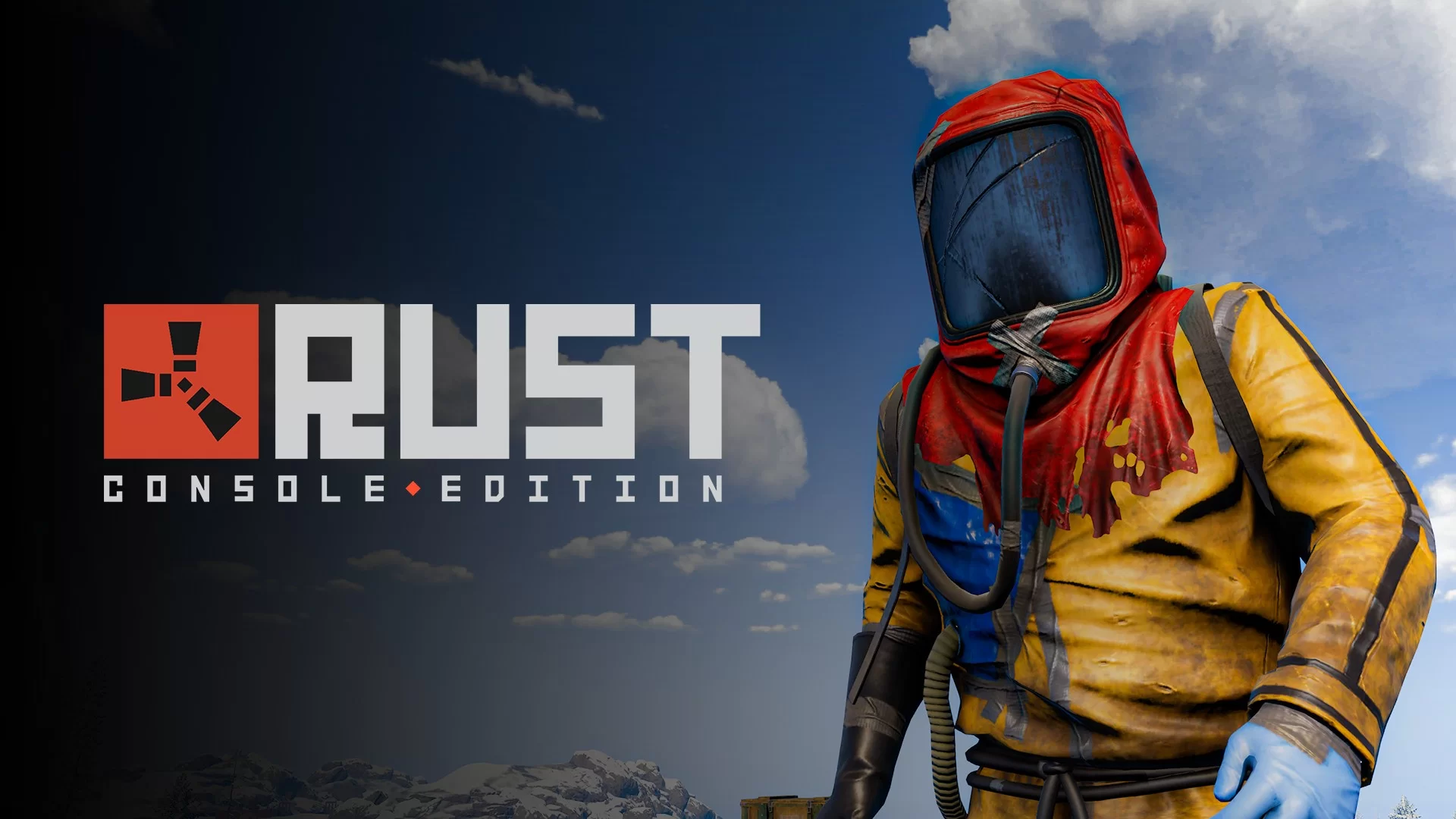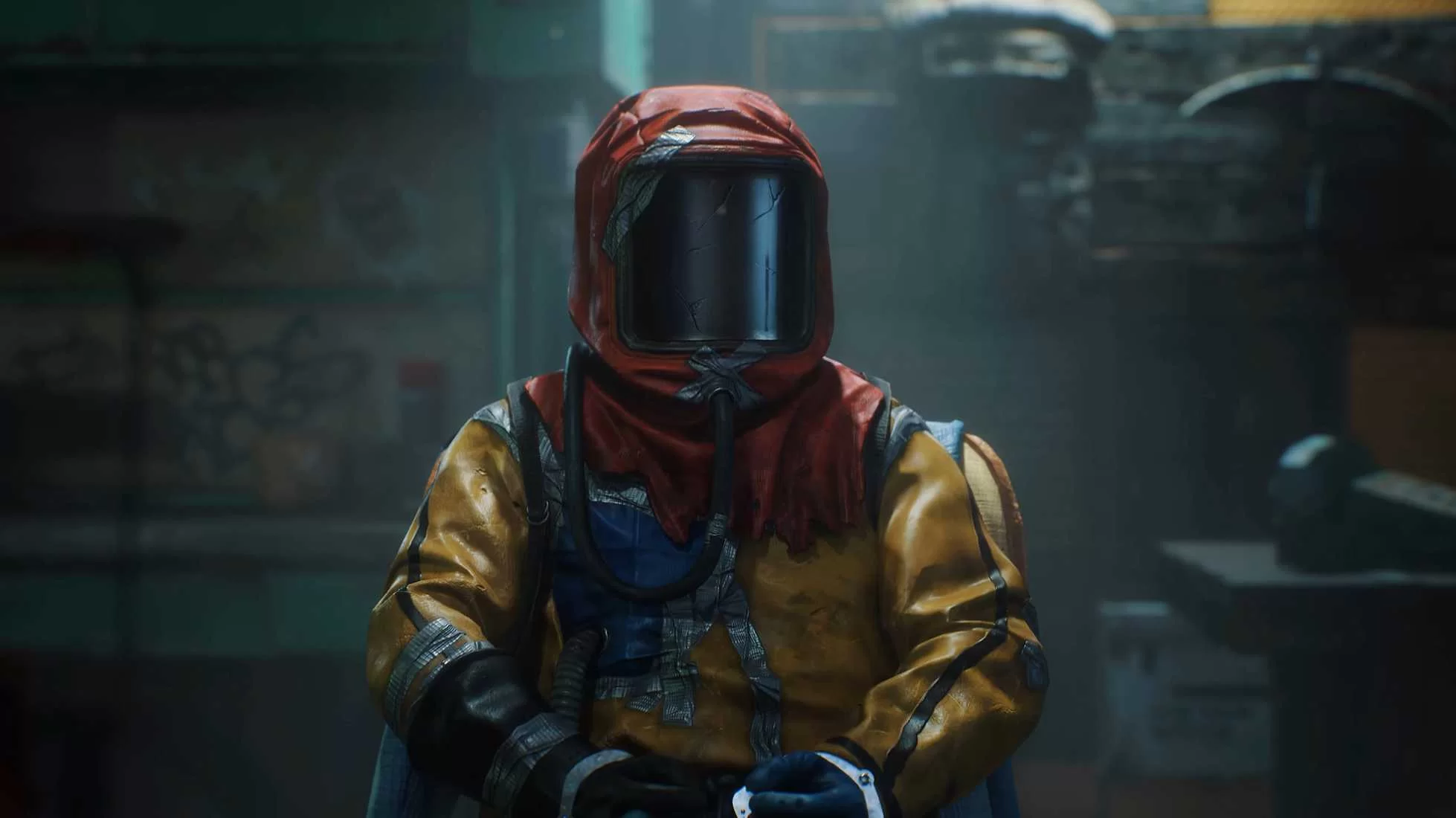
Rust: From Its 2013 Debut to the Latest 2025 Update – The Survival Game’s Epic Evolution
Published on 02:17 PM, Friday, August 1, 2025 by miladmim
Rust’s Beginnings: A New Era of Survival (2013)
Back in December 2013, Facepunch Studios launched Rust as an early access title, diving headfirst into the survival genre alongside games like DayZ. Unlike typical shooters, Rust combined PvP combat, crafting, and base-building in a brutal open-world sandbox where survival against players and the environment became a constant battle. Its raw, unforgiving gameplay loop quickly built a dedicated fanbase.
Rust officially exited early access in February 2018, but even before its full release, it had already cemented its place as one of the most intense and unpredictable survival games ever made.
Rust’s Major Milestones and Expansions (2018-2024)
Over the years, Facepunch has kept Rust alive through constant updates, introducing massive overhauls and new content that reshaped the game’s meta. Some of the most significant milestones include:
-
Tech Tree Update (2020): A complete rework of the game’s progression system, making crafting more structured.
-
HDRP Graphics Overhaul (2021): Visual enhancements that modernized the game’s graphics, giving Rust a cleaner, more realistic look.
-
Underwater Labs & Submarines (2021): Expanding exploration into the ocean with submarines and lootable underwater labs.
-
Rust Console Edition (2021): Bringing the hardcore survival experience to PlayStation and Xbox platforms.
-
Railway System (2023): Adding functional trains and railway lines across the island, changing how players traverse and raid.
The 2025 Rust Update: A New Biome and Hardcore Survival Tweaks
The 2025 Rust update, released in July 2025, introduced several game-changing features that reignited the competitive scene. The highlight of this patch is the addition of the Volcanic Biome, a dangerous new region filled with lava pits, geothermal vents, and exclusive high-tier loot zones. Players now face extreme environmental hazards while vying for control over resource-rich volcanic structures.
Key features of the 2025 Update include:
-
Volcanic Biome: A hazardous area requiring heat-resistant gear, packed with rare loot.
-
Dynamic Weather 2.0: More realistic storms, including ash clouds in volcanic regions affecting visibility and movement.
-
Advanced Base Defense Mechanics: New deployable defenses like flame turrets and AI-controlled drones.
-
Solo/Duo Queue Servers: Official servers enforcing strict solo and duo limits, giving smaller groups a fair shot at thriving.
-
Weapon Crafting Bench: A new crafting station that allows custom gun modifications, expanding PvP strategies.
-
Rust+ 2.0 App Update: Enhanced mobile integration for base security alerts, map tracking, and clan communication.
Rust’s Evolving Meta and Community Impact
Rust’s longevity is tied to its hardcore player base and streaming community, with big content creators continuously showcasing its chaotic and unpredictable moments. The 2025 update has already sparked a shift in how players approach raids and territory control, as the Volcanic Biome introduces new high-stakes raid zones.
Facepunch Studios has also doubled down on anti-cheat measures, rolling out stricter detection systems to ensure a fairer competitive environment, which has been well-received by long-time players.
What’s Next for Rust?
Facepunch has hinted at even larger updates coming in 2026, potentially exploring space-themed mechanics and expanding procedural maps. Rust’s evolution from a simple survival sandbox to a fully fleshed-out survival warfare simulation is a testament to how player feedback and developer commitment can sustain a game for over a decade.
For now, Rust remains one of the most intense, adrenaline-pumping experiences in gaming, where betrayal, alliances, and unexpected chaos define every wipe cycle.

